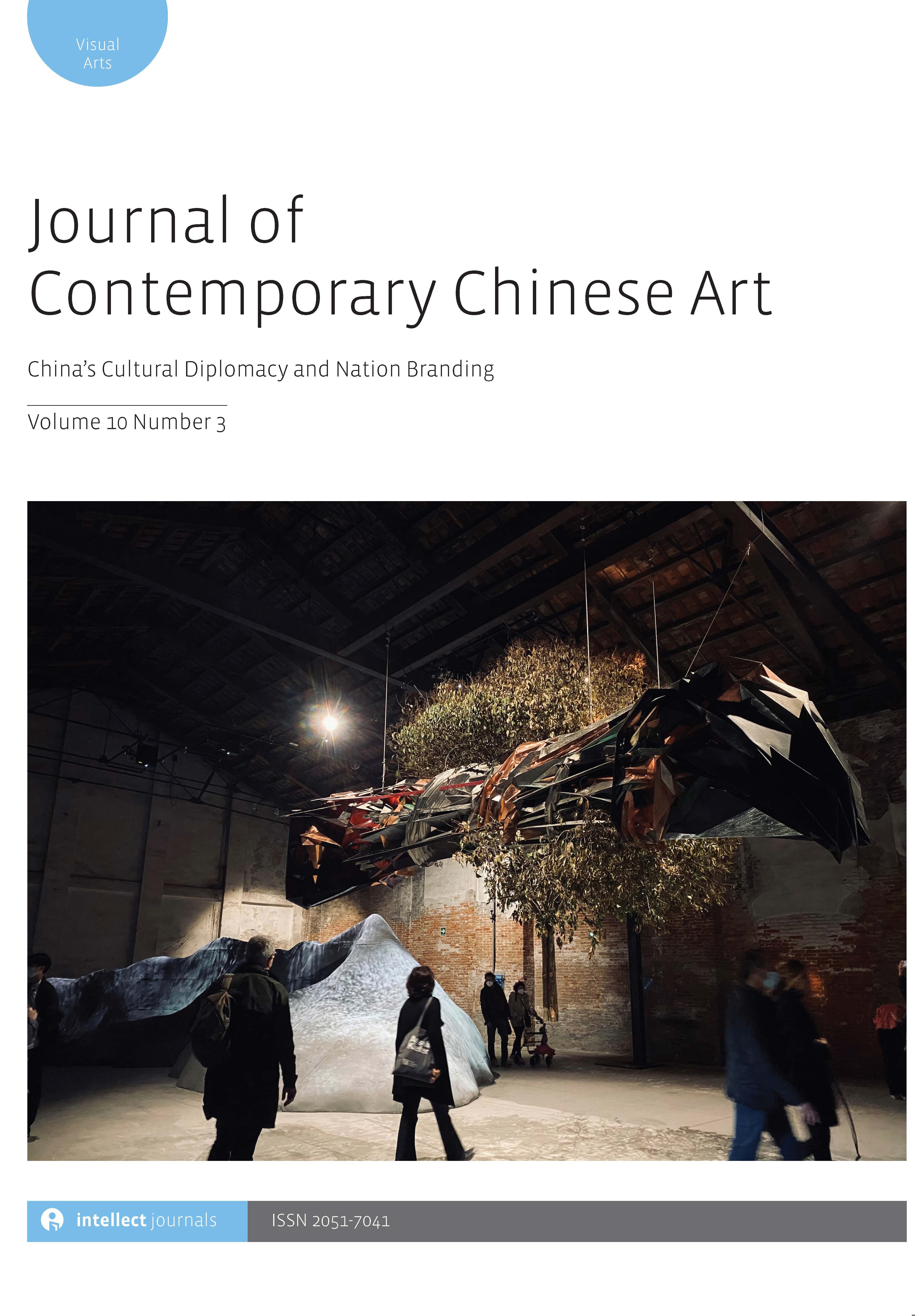-
f The new generation: Contemporary Chinese art in the diaspora
- Source: Journal of Contemporary Chinese Art, Volume 9, Issue 1-2, Jul 2022, p. 3 - 17
-
- 01 Jul 2022
- Previous Article
- Table of Contents
- Next Article
Abstract
This Special Issue of Journal of Contemporary Chinese Art focuses on the social significance and political relevance of diaspora Chinese art in the contemporary era. Although artists and authors may hold different stances towards Chinese and diaspora identities, their works and discussions showcase the importance of identity and identity-inflected art in contemporary times; they also demonstrate the productivity of treating Chinese diaspora art as a valuable subject of study in researching contemporary Chinese art. This editorial essay outlines the social and scholarly contexts related to a new generation of contemporary Chinese diaspora art and artists; it also introduces the structure and content of the Special Issue. The text is arranged in the following order: it first clarifies key words such as ‘diaspora’ and ‘Chinese diaspora’ and introduces scholarly debates surrounding these terms; it then briefly maps the study of contemporary Chinese art in a transnational and diasporic context to articulate the significance and scholarly contribution of the current issue. The essay ends with a mapping of the key topics and themes covered in this issue – which have implications for the study of Chinese diaspora art overall – and a brief outline of the key content and argument of each article.



